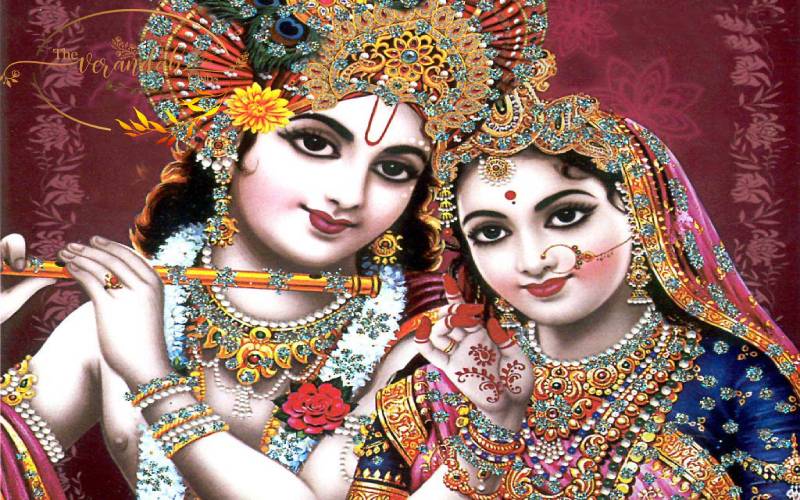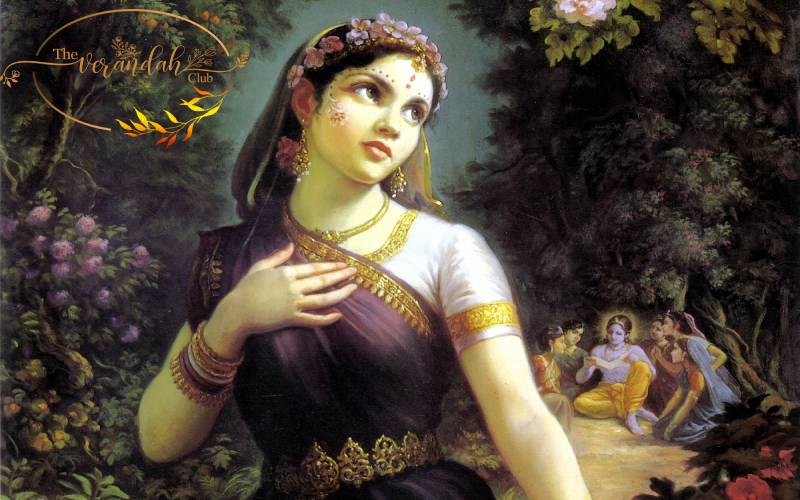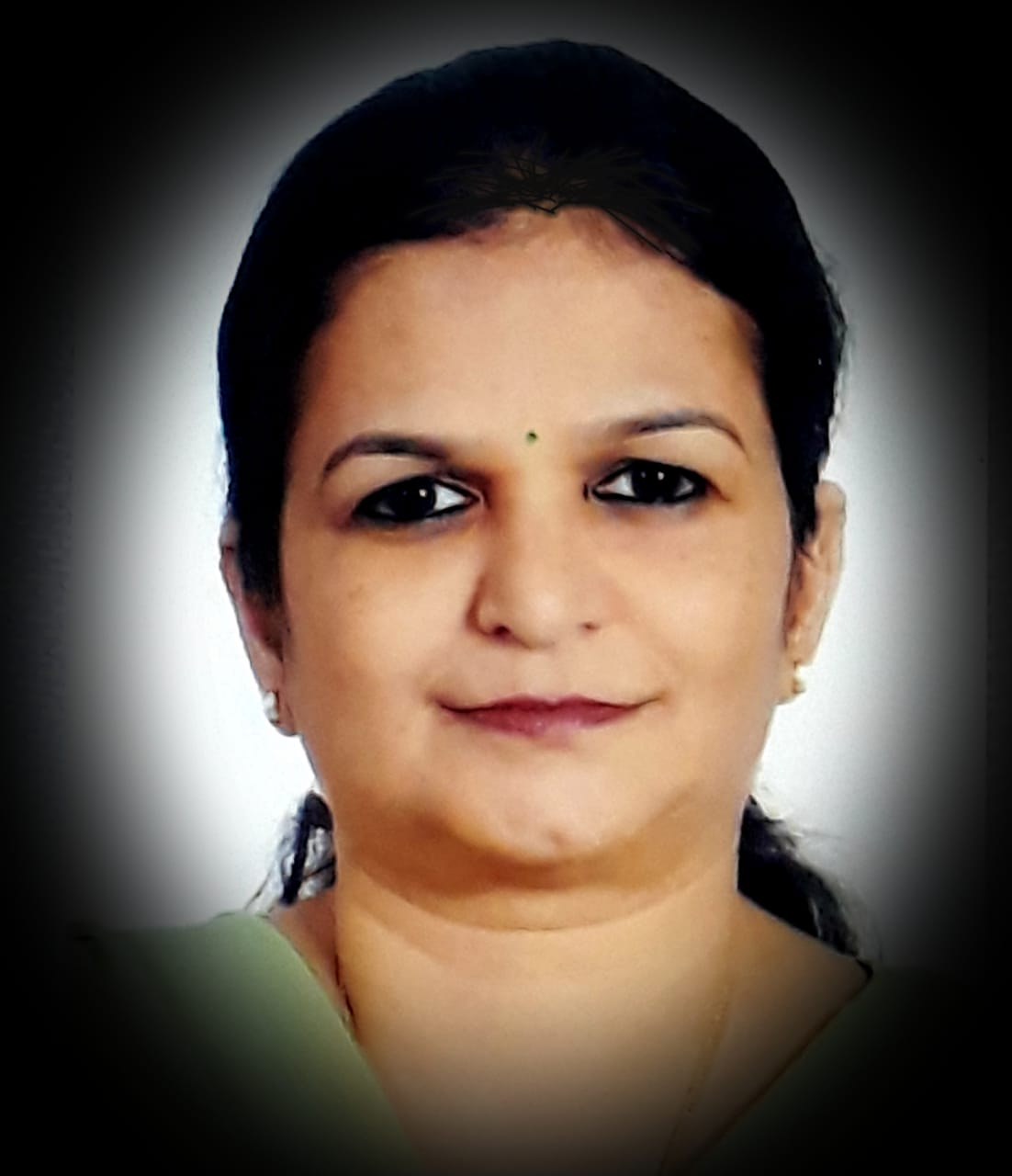‘Baaro Krishnaiya’ is a mesmerizing song composed by Kanaka Dasa, a preeminent poet, musician, and composer of Carnatic music. He was born on 3 December 1509 in Baada village in Karnataka. His parents were Biregowda and Beechamma. He was named Thimmappa Nayaka by his parents. As a young man, he served as a warrior at the Bankapura fort. During a battle, he was seriously injured, but was miraculously saved. This incident brought about a sea-change in him, and he devoted himself to composing songs and writing literature.
He became the disciple of Vyasaraja Swamiji, who renamed him as Kanakadasa. At the behest of his Guru Vyasaraja Swamiji, he came to Udupi. During those days the caste system was rampant. Although, his guru requested the priests to permit Kanakadasa into the Udupi Shri Krishna temple, they refused to do so stating that he was from a lower caste. Kanakadasa was distraught, that he could not get even a glimpse of Udupi Krishna. Although Kanakadasa was aggrieved, due to the discrimination practiced by the priests, he was determined to have darshan of the Lord. He stood outside the temple and started singing his compositions in praise of the Lord. His bhakti drenched outpourings were heard by the Lord, Himself.
Lo and Behold! The temple wall cracked miraculously, enabling Kanakadasa to have darshan of his beloved lord through the crevice. It is believed that the deity of Lord Krishna turned around to give darshan to His ardent devotee. Even today, although the main entrance is east facing, Sri Krishna’s vigraha is facing westwards. This miracle left the orthodox community spellbound, and they realized the depth of Kanakadasa’s devotion. The window, Kanakana Kindi (Kanakadasa’s window), stands as a testimony, to the Hindu belief that devotion has no caste and creed. Thousands of devotees, throng to the temple to have darshan of the lord through the kanakana kindi and relive the glorious moment, when Kanakadasa was given the divine darshan.
Kanakadasa’s major literary works are ‘Haribhaktisara,’ ‘Ramadhanyacharithre,’ ‘Nalacharithre,’ ‘Nrisimhastava,’ and ‘Mohanatarangini.’ Kanakadasa through his writings showcased social aspects, such as the divisions between the rich and the poor and the ill treatment meted out to the lower caste. He urged people to give up their obsolete social practices and adapt themselves to the changing times.

Kanakadasa was a Haridasa (Saints and bards who consider themselves as Dasa-s (Servants) of the Supreme lord, Hari). He has composed over 240 keertana-s and Ugabhoga-s (Vocal pieces in Carnatic music sung in freestyle, with or without tala) in Kannada language which are acclaimed and form part of the traditional recitations in Carnatic music even today. Kanakadasa lived for a hundred glorious years (1509 - 1609). The Kanakadasa Jayanthi is celebrated on his birth anniversary, as a commemoration to the iconic saint, poet, composer, musician, and philosopher. The government of Karnataka has declared this day as a state holiday.
‘Baaro Krishnaiya’ is an endearing song wherein the composer addresses Lord Krishna directly and welcomes Him to his residence. In the Pallavi (Opening stanza), the composer sings, “Baaro Krishnaiya ninna bhaktara manaagey…” (Come krishnaiya, come to your devotee’s house now).
Welcome (Baaro) Krishna and show your (Nina mukha) divine face, (Nina sari yaaro) there is no one equal to you, and you are (Jagadhara) the lord of the world and (Sheelaney) the one with all the good qualities.
Oh! Krishna, come here wearing (Gejjey)anklets which make tinkling sound of dhim dhimi, dhimi dhimi. Come Krishna! (Pon kuzhalaloodhutha) Playing your golden flute.

Come Krishna, the one who wears (Kankana karathalli) sparkling gold bangles and rings that makes the melodious sound, kinkini. Come Krishna playing your golden flute.
O! Keshava, (Vaasaa udupini nilayaadhi Kesavaney) the one who domiciles in Udupi (A famous temple in Karnataka), I am (Daasa nina pada daasaa) a devotee at your feet, come and protect me. This song highlights the devotion and love that Kanakadasa had for Lord Krishna.
This composition is a delightful Raaga maalika (A garland of raagas) comprising of four raagas, Maand, Bilahari, Kaapi and Jaunpuri.
The pallavi of the song is composed in Maand, a popular raaga in North India and also renowned for lighter music in Carnatic style. It brings forth the mood of shringara tempered with exhilaration and warmth. The evergreen songs based on this raaga are, ‘Oru naal podhumaa’ in ‘Thiruvilayaadal,’ ‘Soukiyamaa kanney’ in ‘Sangamam,’ ‘Anjali, Anjali’ in ‘Duet.’
The second raaga adopted is Bilahari, derived from the Shankarabharanam scale. This is a morning raaga. This raaga symbolizes Veera (Courage). The classical songs composed in this raaga are ‘Naa jeevadhara,’ ‘Dorakuna itivanti seva,’ and ‘Kanukontini’ by Thyagaraja Swami. The film songs based on this raaga are, ‘Netru illaadha maatram,’ ‘Omana penney,’ ‘Poo pookkum osai.’
The Kaapi Raaga is aptly chosen as the third raaga. This raaga overfills with Bhakti Bhaava. The rasa of this raaga is piety, laced with droplets of pathos. The songs, ‘Saare jahaan se accha,’ and ‘Raghupathi Raaghava Rajaram,’ which are the pride of our nation, are also composed in this raaga.
The song concludes in the Jaunpuri, which is a Hindustani Raaga. ‘Eppo varuvaaro,’ and ‘Aasai mugham marandhu pochhey’ are famous Carnatic compositions in Jaunpuri. The film songs based on Jaunpuri Raaga are, ‘Sonnadhu needhaanaa sol,’ ‘Munbey vaa,’ ‘Idhuvarai illaadha.’
The seamless flow of the raagas from one to another in this song is a treat for the discerning connoisseurs of music, and hence it is a popular choice among rasikaas in concerts.

Yamuna is a resident of Coimbatore and is pursuing Hindustani vocal music under the tutelage of Shri Kedar Karatji. She also teaches bhajans and conducts English Grammar classes for school children. Her other passions are writing travelogues, playing keyboard, gardening, going on pilgrimages and exploring & enriching her knowledge through travel.
NEXT ARTICLE